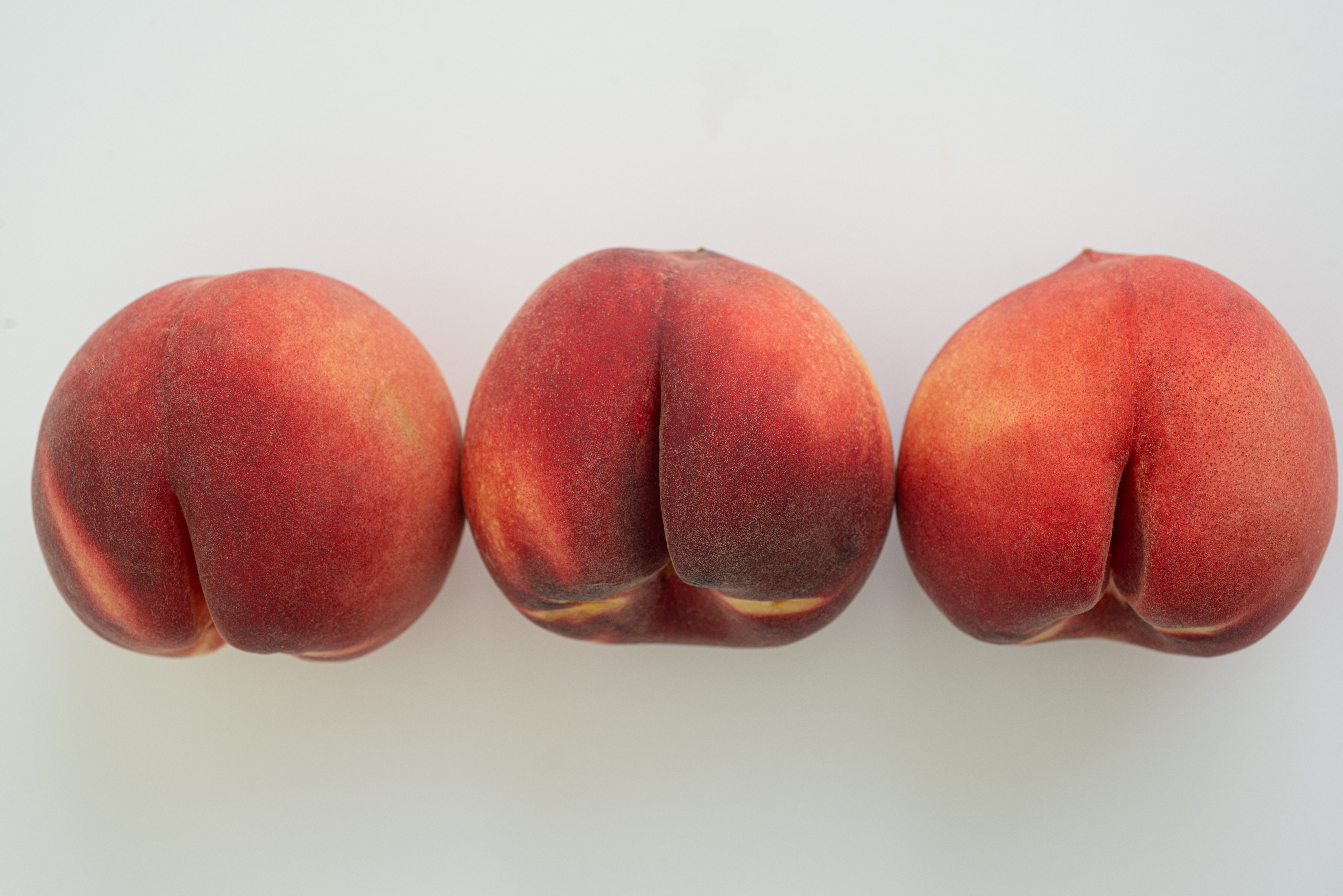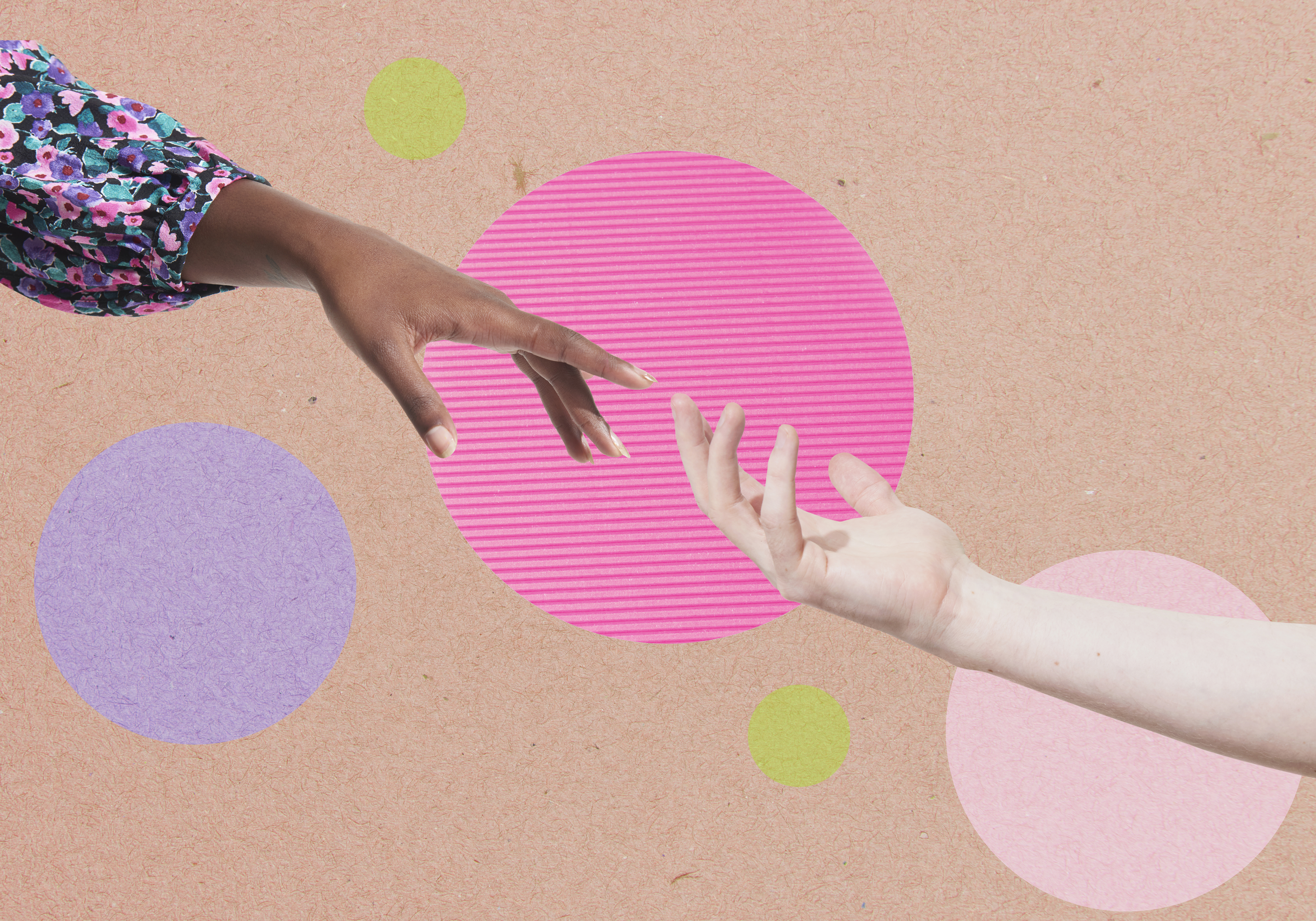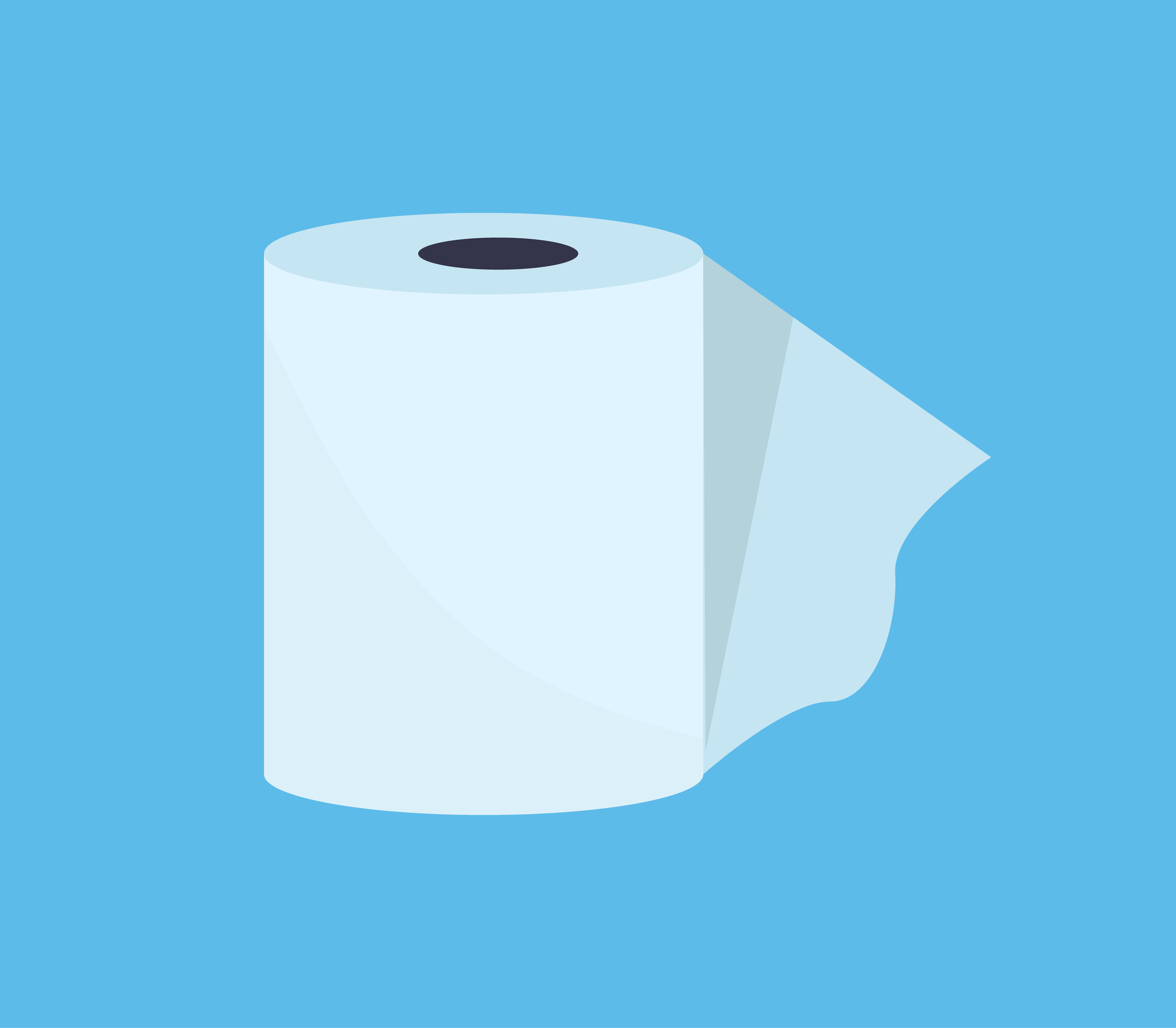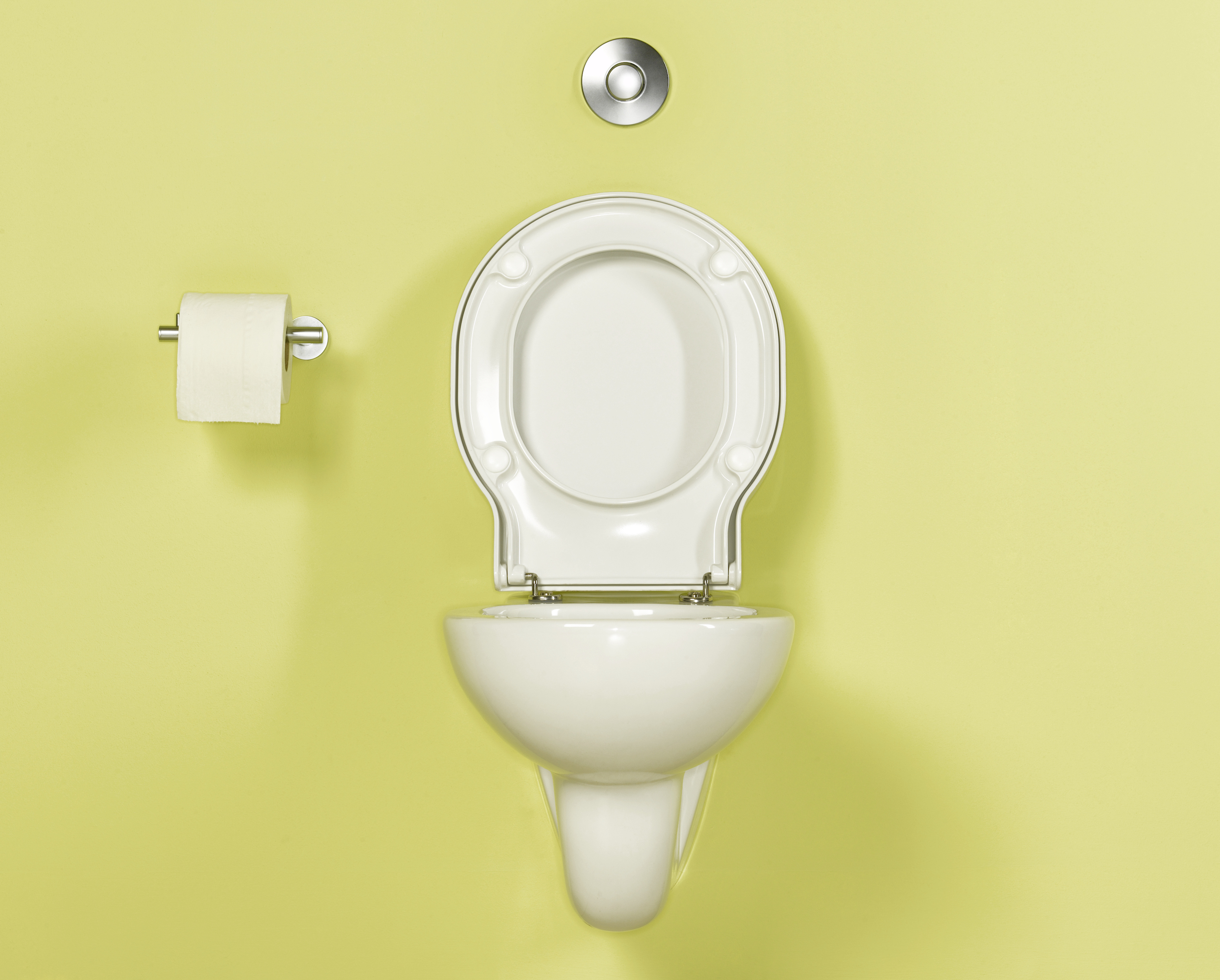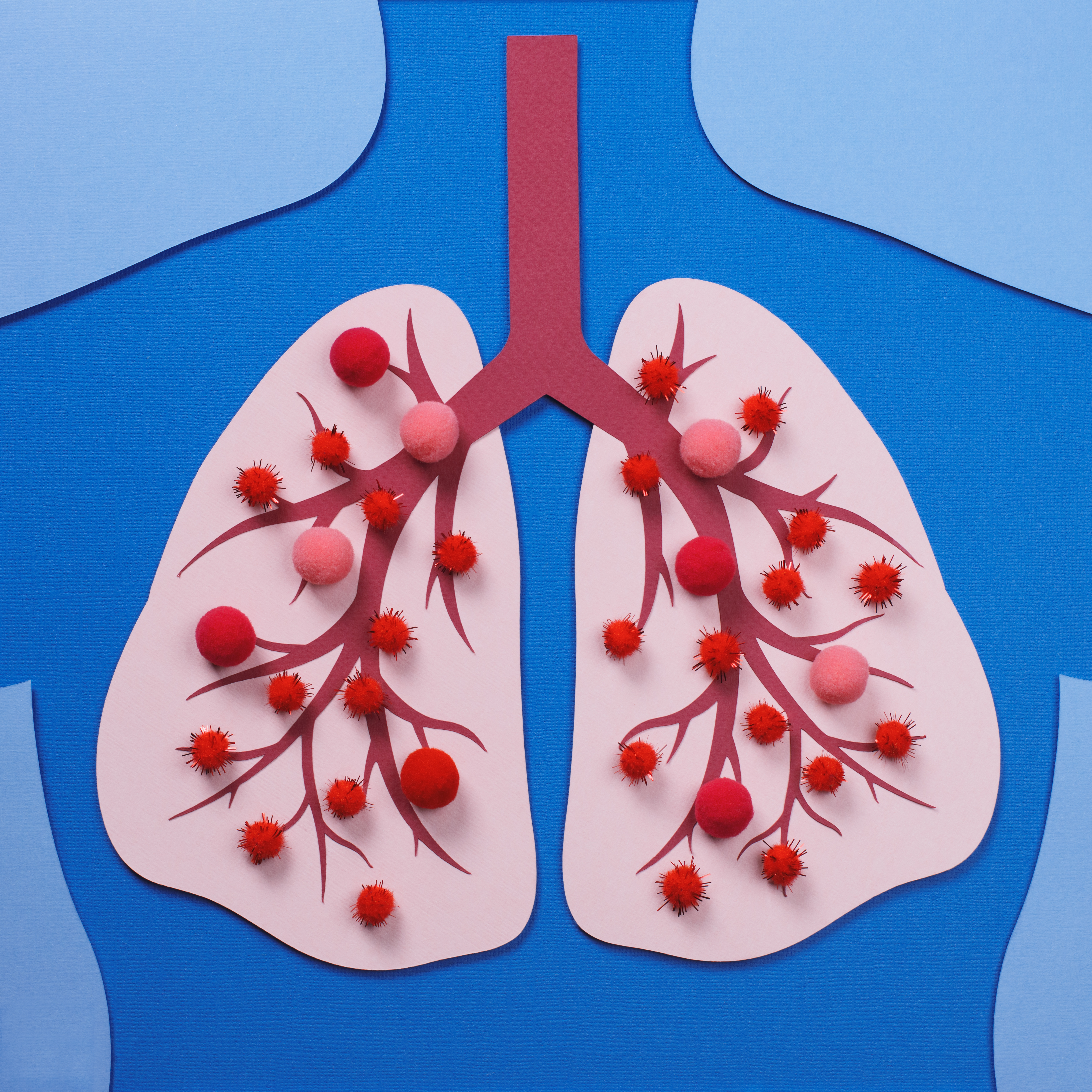
Nipples: we all have them, but no two are the same. Some of us have hairy ones. Some of us have flat, protruding or inverted ones. And some of us have more than two.
And even the nips we have are often different to look at and touch. You might have one bigger than the other, or one that sprouts hairs like nobody’s business while the other stays fuzz-free. They might even point in different directions.
Because they spend so much time hidden away – particularly for women – it can be all too easy to overlook your nipple health. But there are symptoms that everyone should be aware of, as they may warrant a chat with your doctor.
Nipple discharge
This is a common issue people have, says Dr Clare Morrison, a GP and consultant at online pharmacy MedExpress.co.uk. Typically it occurs in response to hormone changes, a duct infection, or occasionally medications.
Sometimes it can be a sign of something more serious, like breast cancer or a pituitary tumour. If your nipple discharge is blood-stained or you experience a sudden increase in milky discharge, you should report the issue to your GP.
Galactorrhoea is where the nipple produces noticeable amounts of milky discharge, unassociated with breastfeeding. “It can be a sign that the pituitary gland is producing too much ‘prolactin’, something that can be checked with a blood test. It may be caused by certain medications, in which case, stopping them will solve the problem,” says Dr Morrison.
“A more serious possible cause includes a tumour of the pituitary gland. Though rarely malignant, it can be a serious disorder, due to the pituitary being very close to optic nerves, potentially leading to loss of vision.”
Other symptoms to look out for include headaches and lack of periods. If there is any suggestion of this, referral to a specialist will be necessary.
Itchy nipples with a rash
Most of the time, itchy nips are harmless. Often it’s due to irritation – perhaps a reaction to synthetic clothing or an uncomfortable bra.
“The nipples and surrounding skin are common sites for eczema, because the skin is sensitive, and subject to chafing from the bra,” says Dr Morrison. “The risk is higher if the bra is made of synthetic material, or has rough seams and uncomfortable wires. Sweating and physical activity can further aggravate the problem.”
Reversing these underlying factors (so wearing something comfy), and applying a gentle steroid cream for a few days will usually correct the problem, she notes. But any rash in or near the nipple does warrant attention from a doctor, as it can occasionally be caused by more serious disease.
Soreness, cracking and bleeding
Other common issues that typically affect the nips include soreness, cracking and bleeding, which can be caused by chafing or infections like thrush. “The nipples can be a site for thrush, particularly when breastfeeding,” she says.
The issue, which causes redness, soreness and irritation of the nipple, is easily treatable with anti-fungal cream. “Generally the baby has to be treated at the same time, to stop it from being passed back and forth between mother and baby,” she says.
You can also get bacterial infections on the nipples, which might be characterised by broken skin, redness, and/or pus. Speak to your GP if you’re worried and they can help identify the issue and treat you.
Inverted nipples
Some people have permanently inverted nipples, where the nipples indent rather than protrude outwards, and it doesn’t cause any problems. But it’s worth seeing your GP if your nipple (or both of them) becomes inverted out of the blue, as it could indicate cancer.
